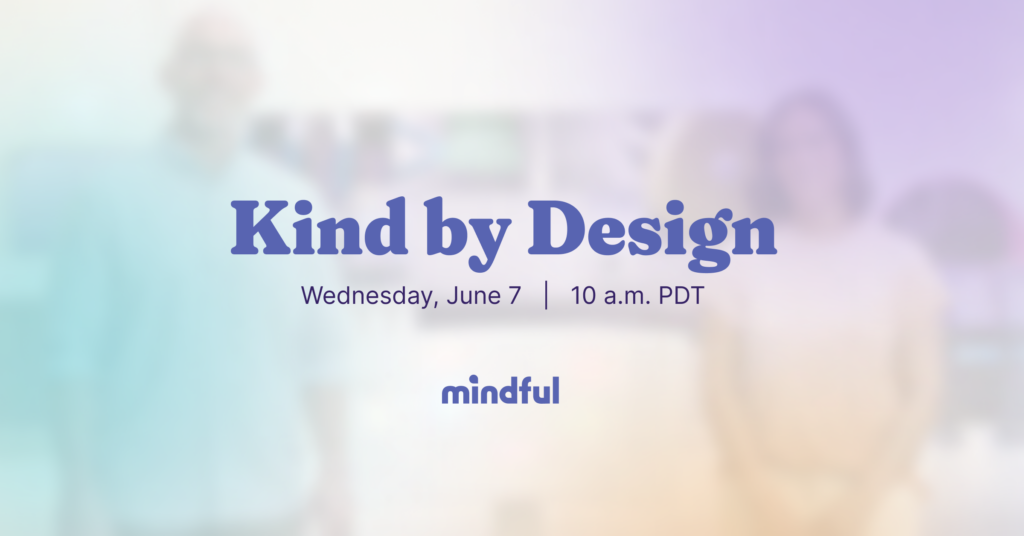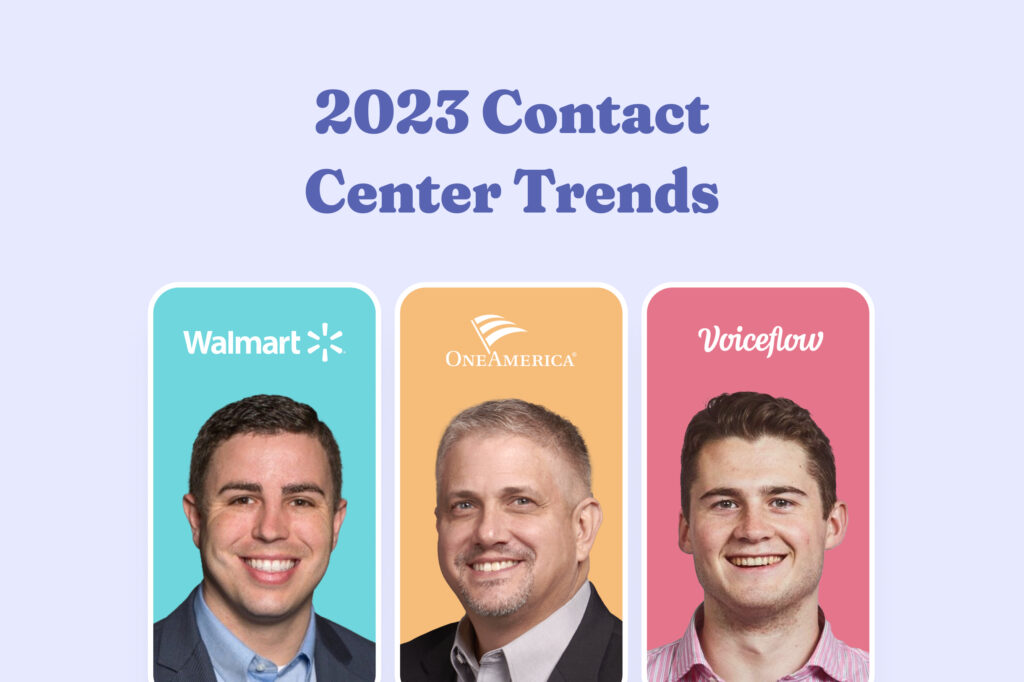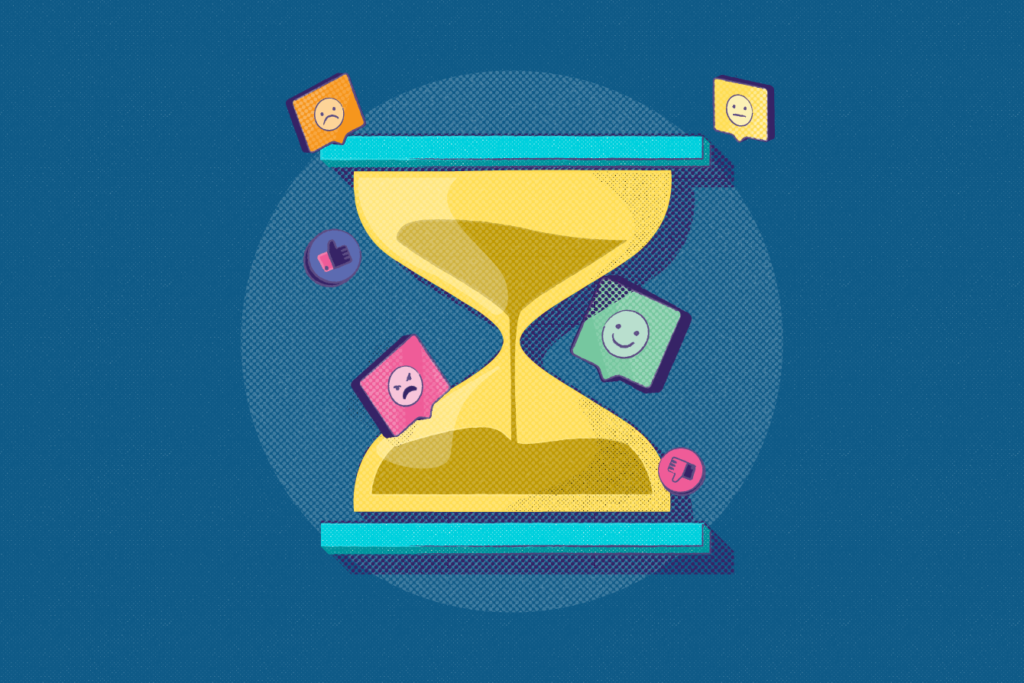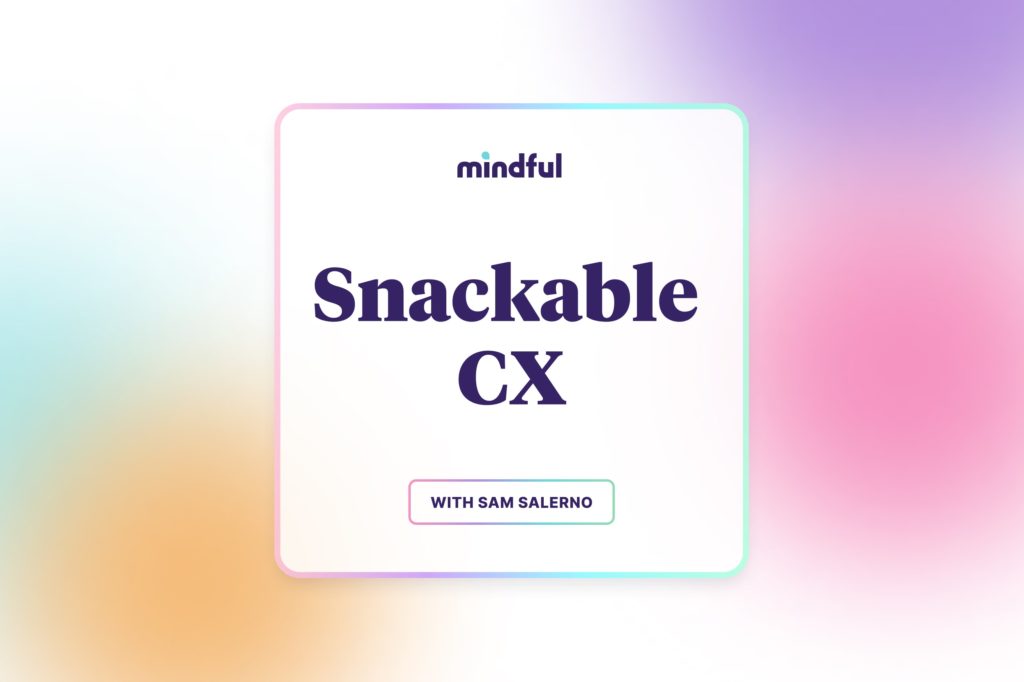Episode details
Let’s look back at all the tastiest morsels of Season 1 of Snackable CX. We’ll talk hold times, connected customer experiences, Total Experience, and repeat callers. If there’s ever a Snackable to be enjoyed, it’s this one.
See you soon for Season 2!
Still hungry?
Subscribe on Apple Podcasts or Spotify to get fresh episodes each week.




